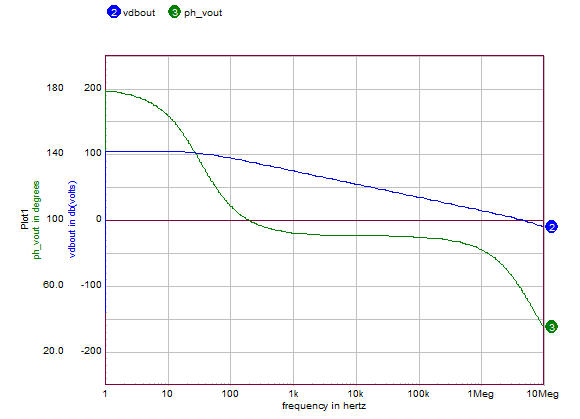I'm trying to extract two characteristics: "Input Offset Voltage" and "Open Loop Gain" of an opamp LM741 by using LTspice.
To do that, I use the following circuit model and plots where the horizontal variable is the input voltage Vin between -2mV to +2mV:

To see the Input Offset Voltage I check the value of the Vin when Vout is zero in the middle red plot. This is roughly around -0.99998mV. So I conclude this is the Input Offset Voltage.
As you see in the top plot, the gain which is Vout/Vin changes(from zero to a crazy big number) dramatically. Isn't that supposed to be a constant huge number? (edit: Okay this is because of division by zero). But gain is changing in linear region as well see the second plot below.
But how can the "Open Loop Gain" be determined in a similar way? Should the "Input Offset Voltage" be used when finding this as well?
Here is only focusing on linear/amplifying region and the gain is still dramatically dependent on the input voltage:
Why is the gain not constant? I was expecting a huge almost constant number as the open loop gain.




